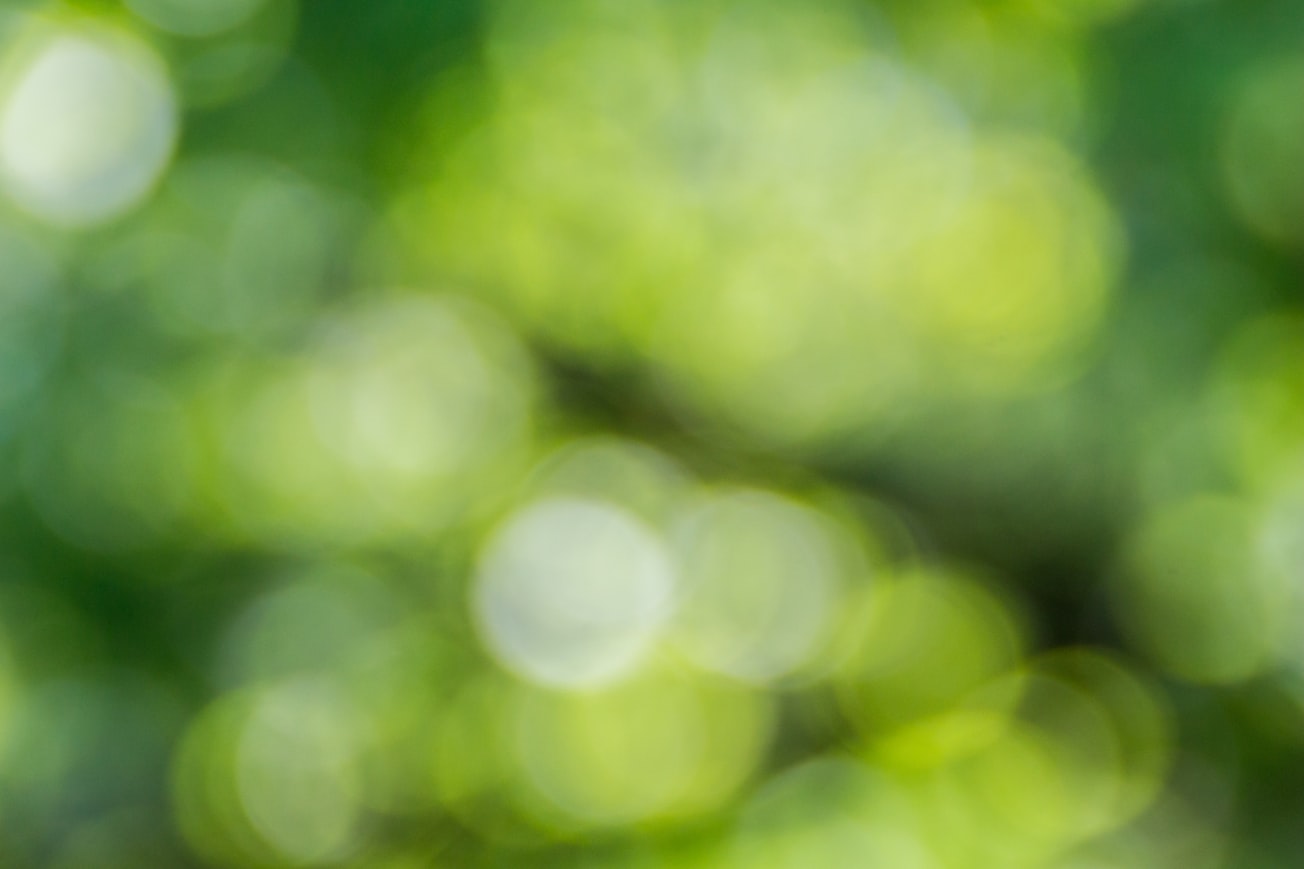What is it about?
We showed in this article that nanocellulose is a bio-compatible material, which can be efficiently applied for fabrication of artificial biofilms with entrapped cyanobacterial and algal cells. These biofilms can be further utilized for production of hydrogen and other biofuels.
Featured Image

Photo by Artur Łuczka on Unsplash
Why is it important?
Immobilization matrices for the photosynthetic microbial production of hydrogen were fabricated using TEMPO-oxidised cellulose nanofibrils with different strategies employed to enhance the matrix water stability. We showed that these versatile templates display high compatibility with oxygenic phototrophic organisms, and that they are suitable for thin-layer cell entrapments both in hydrogel and dry solid film states. They possess several advantageous features, which make them more attractive than other natural matrix materials.
Perspectives
These findings open new possibilities for developing a novel technology platform with tailored pore-size and controllable surface charge that targets sustainable chemical production by oxygenic photosynthetic microorganisms.
Dr Sergey N Kosourov
Turun Yliopisto
Read the Original
This page is a summary of: Versatile templates from cellulose nanofibrils for photosynthetic microbial biofuel production, Journal of Materials Chemistry A, January 2018, Royal Society of Chemistry,
DOI: 10.1039/c7ta11164a.
You can read the full text:
Resources
Versatile templates from cellulose nanofibrils for photosynthetic microbial biofuel production
Open access paper.
New method significantly improves the production of biohydrogen and other biochemicals
Check the press release in English here.
Uusi menetelmä tehostaa biovedyn ja muiden biokemikaalien valmistusta
Check the press release in Finnish here.
Improved Photosynthetic Microalgae Production of H2
ChemViews Magazine story about this research
Contributors
The following have contributed to this page







